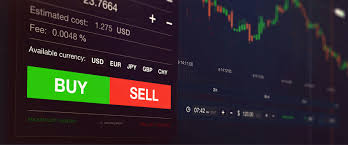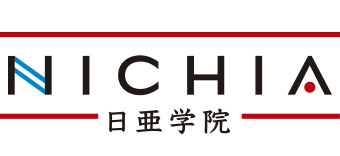
In the fast-paced world of currency trading, selecting the right platform can be a decisive factor in achieving success. The Forex (foreign exchange) market operates 24 hours a day, and traders are continually seeking the most efficient tools to facilitate their trading strategies. Choosing the appropriate trading platform is crucial, since it serves as the trader’s gateway to the Forex market. platform trading forex Best MT5 Platforms offer various functionalities that cater to both novice and expert traders, enhancing their trading experience and potential profitability.
What is a Forex Trading Platform?
A Forex trading platform is a software application that enables traders to execute trades in the Forex market. These platforms provide access to real-time market data, risk management tools, analytical features, and trading order execution capabilities. Traders can monitor their positions, check their account balances, and analyze market conditions all from a single interface. The most common platforms include MetaTrader 4 (MT4), MetaTrader 5 (MT5), and various proprietary platforms offered by brokers.
Types of Forex Trading Platforms
Forex trading platforms can typically be categorized into three main types: desktop platforms, web-based platforms, and mobile trading platforms.
1. Desktop Platforms
Desktop platforms are installed directly onto a trader’s computer. They often provide a range of advanced features such as charting tools, technical indicators, and automated trading capabilities. MetaTrader 4 and MetaTrader 5 are prime examples of robust desktop platforms that cater to traders seeking a comprehensive trading experience.
2. Web-Based Platforms
Web-based platforms allow traders to access their accounts and trade from any device with an internet connection. These platforms are particularly advantageous for traders who prefer convenience and mobility. They typically offer a more simplified interface compared to desktop platforms, making them suitable for beginners.
3. Mobile Trading Platforms
Mobile platforms are applications that allow traders to trade on the go using their smartphones or tablets. These platforms are designed to offer a streamlined and user-friendly experience. Traders can access live quotes, manage their open positions, and execute trades from anywhere, enhancing flexibility in trading.
Key Features to Look for in a Forex Trading Platform
When selecting a Forex trading platform, traders should consider several key features that can impact their trading success:
1. User Interface
A user-friendly interface is essential for smooth navigation. Platforms should be intuitive and easy to operate, allowing traders to focus on executing their strategies rather than grappling with complicated software.
2. Charting Tools and Technical Indicators
Advanced charting tools and a variety of technical indicators are vital for analyzing market trends and making informed trading decisions. Platforms should offer customizable charts that adapt to a trader’s specific strategies.

3. Order Execution Speed
In the Forex market, timing is critical. A trading platform should provide rapid order execution to minimize slippage and ensure that traders can take advantage of price movements promptly.
4. Security Features
Security is a paramount concern for traders. The platform should implement strong encryption methods and provide two-factor authentication to safeguard user information and funds.
5. Customer Support
Reliable customer support is crucial for resolving issues quickly. A trading platform should have multiple channels for support, including live chat, email, and phone support to accommodate traders’ needs at any time.
Choosing the Right Forex Trading Platform for Your Needs
Choosing the right Forex trading platform depends on various factors, including a trader’s experience level, trading style, and specific needs. Here are some considerations:
1. Define Your Trading Style
Different platforms cater to different trading styles. Day traders require platforms with high-speed execution and advanced charting tools, while swing traders may prefer platforms that offer comprehensive analytical capabilities.
2. Evaluate Broker Compatibility
Not all platforms are compatible with every broker. Ensure that the chosen platform supports the broker with whom you would like to trade, and check for any trading restrictions that the broker may impose.
3. Test Drive the Platform
Many brokers offer demo accounts that allow potential users to test the platform without risking real money. Take advantage of these demo accounts to explore the features, interface, and overall functionality of the platform.
Conclusion
In conclusion, the choice of a Forex trading platform plays a pivotal role in a trader’s journey. A solid platform provides the necessary tools for effective trading, analysis, and execution. As an ever-evolving market, traders must stay informed about the modern capabilities of trading platforms to ensure they are making the most of their trading endeavors. By understanding the different types of platforms, key features, and methods for selecting one, traders can enhance their trading experience and potentially increase their profitability in the Forex market.
